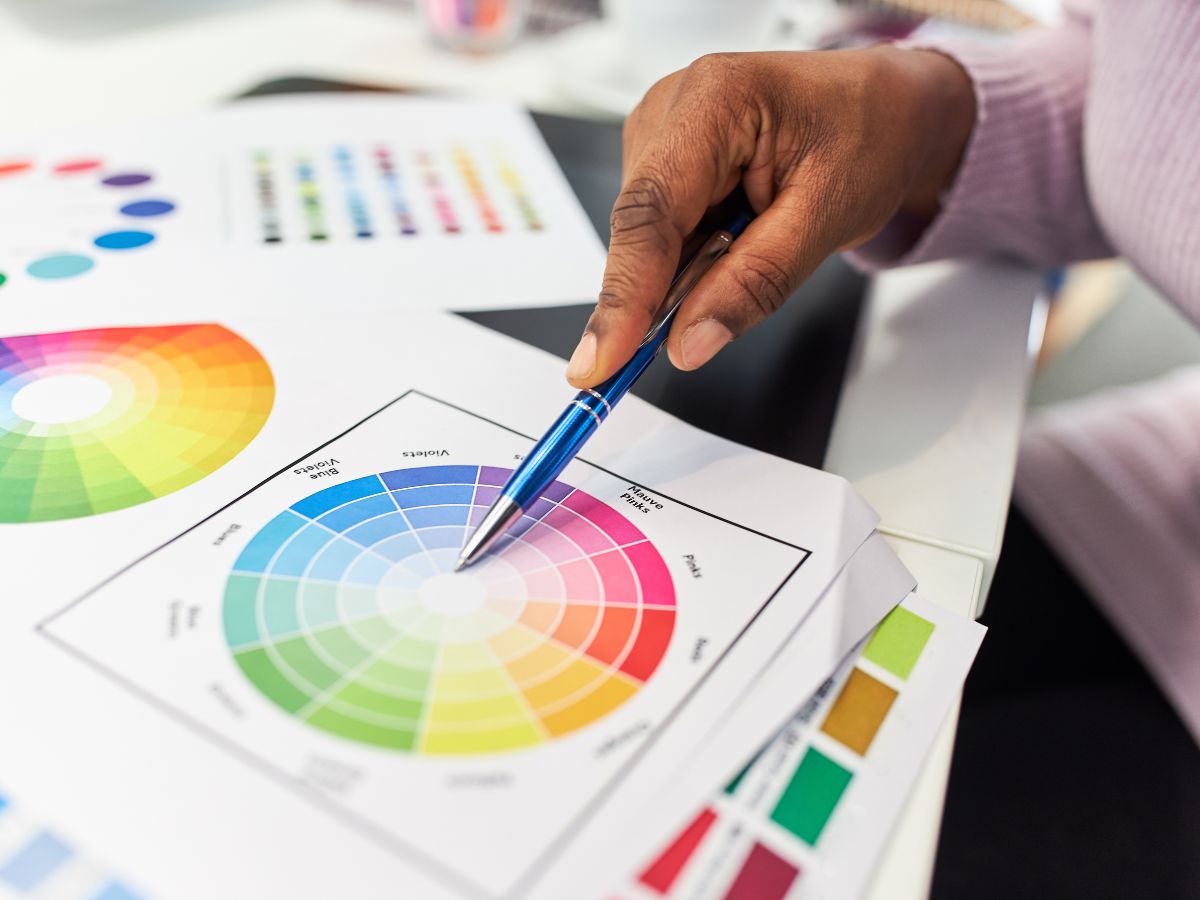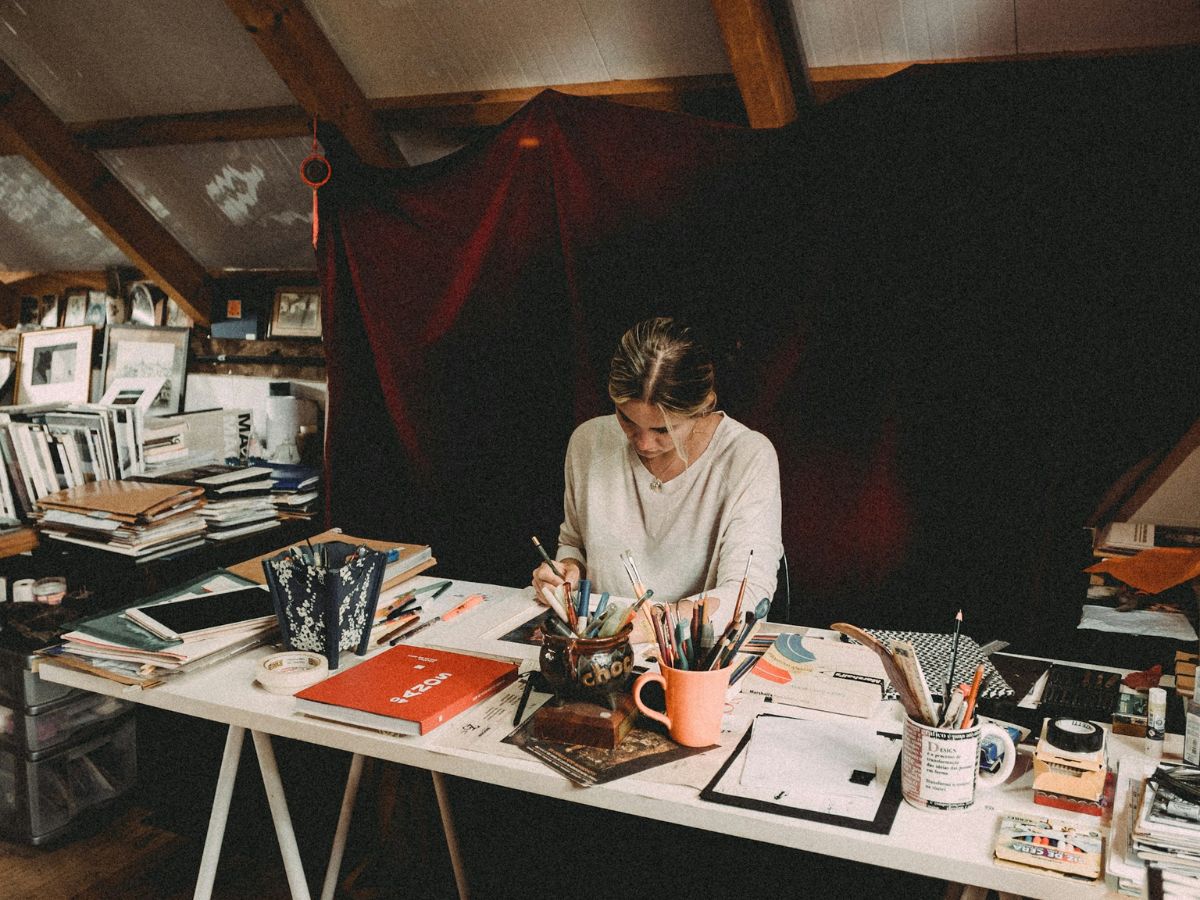
Mastering Color Theory in Canvas Painting
Color theory is a fundamental aspect of canvas painting, serving as a guide for artists to create visually engaging and emotionally resonant artworks. By understanding the principles of color interaction, artists can elevate their work, ensuring that their paintings are not only aesthetically pleasing, but also evoke the intended emotions in the viewer.








